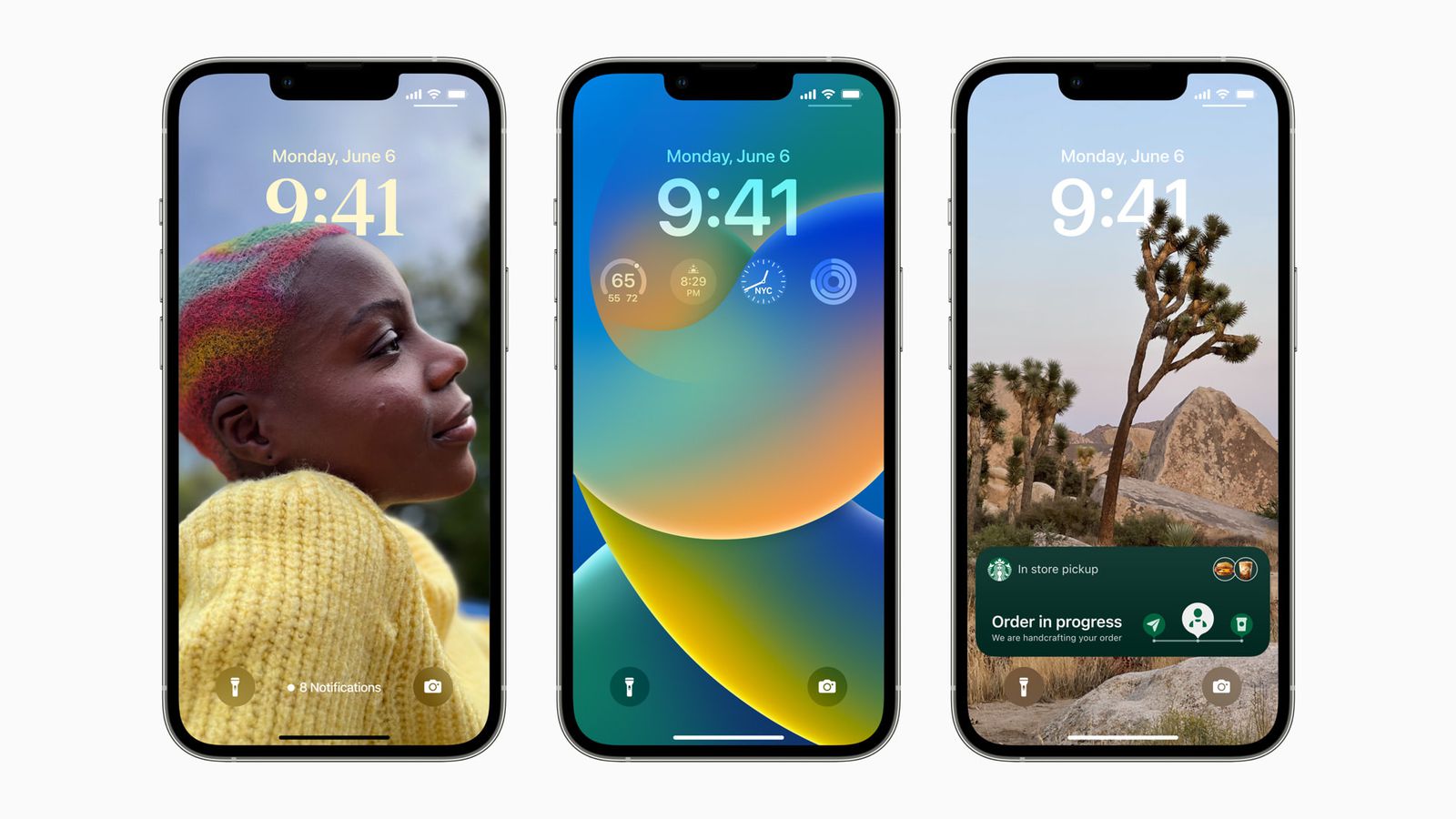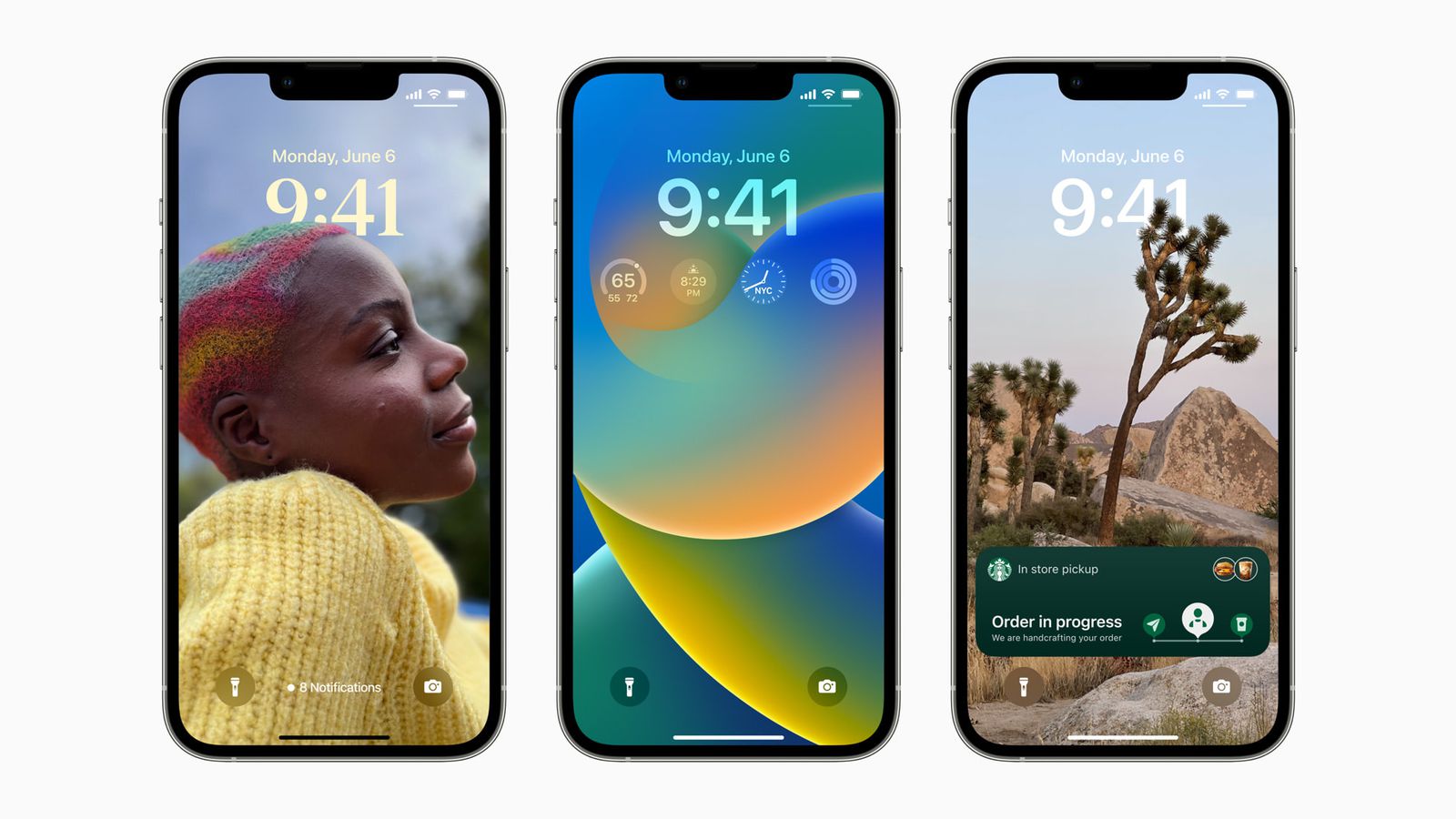In today’s world, we all rely heavily on our phones for almost everything. From personal conversations to online transactions, our phones contain a wealth of information about us. That’s why it’s important to securely personalize your phone with a new lock screen.
By setting up a lock screen, you can ensure that your phone remains secure and only accessible to you. With the increasing number of cyber threats, it’s crucial to take measures to protect your personal data. Personalizing your lock screen also adds a touch of style and personality to your phone, making it uniquely yours. So, whether you prefer a simple PIN or a complex pattern, there are plenty of options to choose from. With a secure lock screen, you can rest easy knowing that your phone is protected from prying eyes.. You may need to know : Revamp Your Android: A Step-by-Step Guide to Changing Your Wallpaper
As our phones have become an integral part of our lives, it is important to ensure that they are secure and protected from unauthorized access. One of the best ways to do this is by setting up a lock screen. A lock screen not only prevents unauthorized access but also helps you personalize your phone to suit your style and preferences. In this article, we will discuss the importance of a lock screen, the types of lock screens, steps to securely personalize your lock screen, and additional security measures.
Table of Contents
Importance of Lock Screen
A lock screen is the first line of defense against unauthorized access to your phone. It prevents someone from accessing your personal information, messages, and other sensitive data without your permission. Additionally, a lock screen can help you personalize your phone by allowing you to choose a unique pattern, password, or biometric authentication method that reflects your personality.
Types of Lock Screen
There are several types of lock screens available, including:
– **PIN:** A 4 to 6 digit numeric code that you enter to unlock your phone.
– **Pattern:** A unique pattern of dots that you draw on the screen to unlock your phone.
– **Password:** A combination of letters, numbers, and symbols that you enter to unlock your phone.
– **Biometric:** A method of authentication that uses your fingerprint, face, or iris to unlock your phone.
Steps to Securely Personalize
Here are some steps you can take to securely personalize your lock screen:
– **Choose a unique pattern or password:** Avoid using common patterns or passwords that are easy to guess. Instead, choose a unique pattern or password that is difficult for others to guess.
– **Enable biometric authentication:** If your phone supports biometric authentication, such as fingerprint or face recognition, enable it as an additional layer of security.
– **Avoid sharing lock screen information:** Do not share your lock screen pattern, password, or biometric information with others. Keep this information confidential to prevent unauthorized access to your phone.
Additional Security Measures
Here are some additional security measures you can take to protect your phone:
– **Remote locking:** Many phones offer a feature that allows you to remotely lock your phone if it is lost or stolen. This can prevent someone from accessing your personal information.
– **Two-factor authentication:** Two-factor authentication adds an additional layer of security by requiring a second form of authentication, such as a code sent to your phone or email, in addition to your lock screen authentication.
Conclusion
Personalizing your lock screen is an important step in enhancing the security of your phone. By choosing a unique pattern or password, enabling biometric authentication, and avoiding sharing lock screen information, you can keep your personal data safe from unauthorized access. Additionally, by using additional security measures such as remote locking and two-factor authentication, you can further protect your phone and your personal information.
Frequently Asked Questions
1. Choose a strong password or PIN: Avoid using easy-to-guess passwords or PINs like “1234” or “password”. Instead, use a combination of numbers, letters, and symbols to create a strong password or PIN.
2. Enable two-factor authentication: Add an extra layer of security by enabling two-factor authentication. This requires a second form of identification, such as a fingerprint or facial recognition, to unlock your phone.
3. Customize your lock screen: Choose a wallpaper or background image that reflects your personal style. You can also add widgets and shortcuts to your lock screen for quick access to your favorite apps.
What are the best practices for creating a secure lock screen on my phone?
1. Keep your phone up-to-date: Make sure your phone’s software is up-to-date to ensure the latest security features are installed.
2. Don’t share your password or PIN: Avoid sharing your password or PIN with anyone, including family and friends.
3. Set a lock screen timeout: Set your lock screen to automatically lock after a certain amount of time to prevent unauthorized access.
Can I use biometric authentication to make my lock screen more secure?
Yes, biometric authentication is a great way to add an extra layer of security to your lock screen. Most modern smartphones come equipped with fingerprint scanners or facial recognition technology, which can be used to unlock your phone. Just make sure to set up a backup password or PIN in case the biometric authentication fails.
By following these tips, you can securely personalize your phone with a new lock screen while keeping it protected from unauthorized access.
Conclusion
Thanks for visits imagerocket.net for reading this comprehensive guide on how to securely personalize your phone with a new lock screen. As we’ve discussed, there are numerous benefits to customizing your lock screen, including added privacy, improved security, and enhanced aesthetics.
By taking advantage of the various lock screen options available to you, such as PINs, patterns, and biometric authentication, you can ensure that your phone remains secure and protected from unauthorized access. Additionally, by incorporating personal touches like custom wallpapers and widgets, you can make your lock screen reflect your unique personality and style.
Of course, it’s important to remember that while customizing your lock screen can be fun and rewarding, it should always be done with caution and consideration for your own security. Be sure to choose strong passwords or patterns, avoid sharing your lock screen information with others, and stay vigilant for any signs of suspicious activity on your device.
Overall, we hope that this guide has provided you with valuable insights and tips for securely personalizing your phone’s lock screen. By following these best practices and staying mindful of your own security, you can enjoy a personalized and protected mobile experience that truly reflects who you are.



